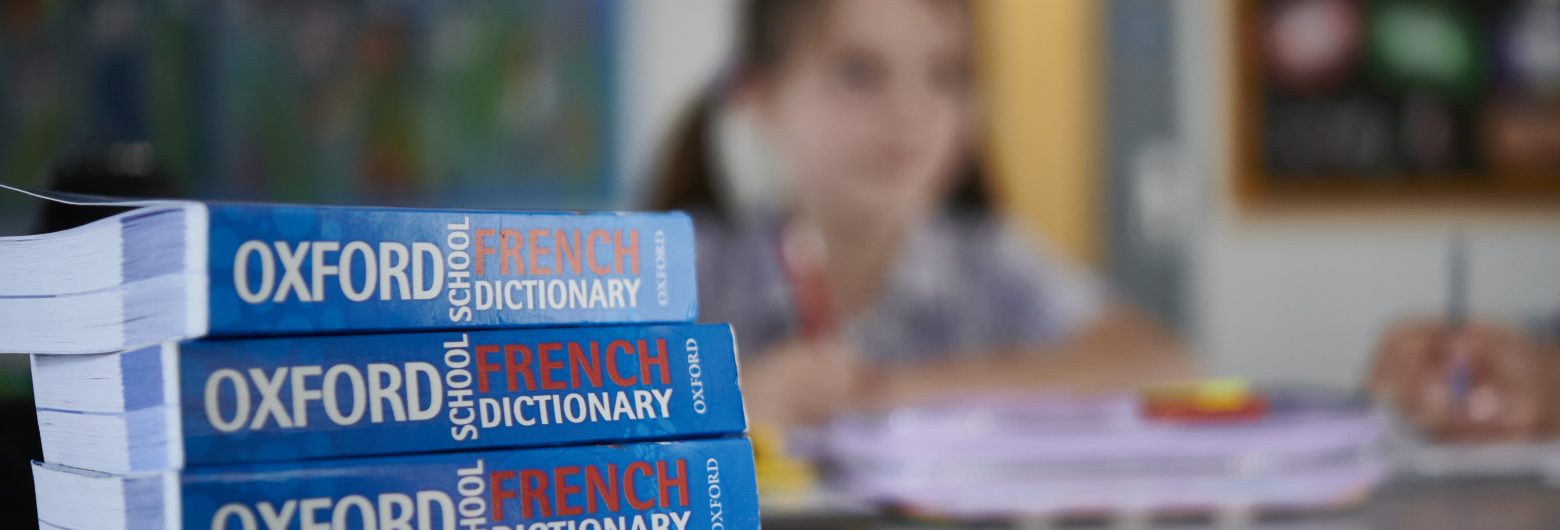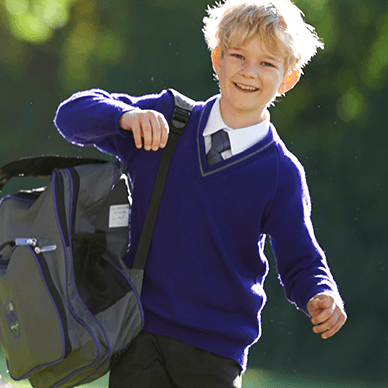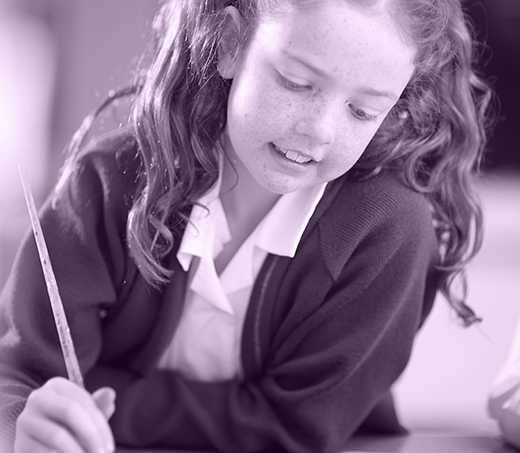If children are struggling to learn to read and write in their own language, why should we expect them to learn another?
It would be crazy, wouldn’t it, to expect someone who is finding reading and writing in their own language challenging, to take on a completely new language, with its own spelling rules, and grammar that is not for the faint-hearted? Another unnecessary hurdle to jump in a world where there are already too many superfluous pieces of information to assimilate! Is it madness, or is it in fact unfair to close off a world of social and cultural awareness, where new experiences are more likely to happen with a little knowledge? Dyslexic pupils may have a slightly longer path to fluency than some others, but the idea that they cannot learn a language is both absurd and non-sensical (which mean pretty much the same thing but repetition is a useful tool in anyone’s learning). I am hoping I can clear up this misconception and answer the question I should have been asked, but never have: how can a child with dyslexia cope with a foreign language?
Language learning today is no longer about sitting with a text book in front of you, reciting conjugations of verbs and learning reams of vocabulary off by heart. Variety and pace are the key and the best language lessons are filled with a range of multi-sensory activities, especially kinaesthetic ones which involve moving around the classroom and manipulating objects physically. In other words, methods that have been proven to help children with dyslexia in their learning.
Various studies have shown that “overlearning” is helpful for dyslexic children and to this end, multi- sensory learning, where children experience a piece of vocabulary or even grammar through the different senses is very useful. Colour coding is also helpful, as is associating words with pictures, sounds or even tastes and smells. If the child finds listening difficult, then having a word repeated in a plethora of different ways can help. Enter today’s language classroom and you should find one or more of these activities being demonstrated at any given moment.
To me it seems obvious that the topics studied in languages lend themselves to a range of that sensory learning that is so important for anyone who finds words on their own quite scary and off-putting. Café and restaurant role plays are surely asking for a taste experience (croissant anyone?), while learning about colours immediately suggests bringing in a rainbow of sweets for the class to try (or is that just me?) The topic of transport is great fun when you add sounds to it as is the animal kingdom with the range of beastly noises associated. All of which are invariably accompanied by visual images with words next to them as this is often the starting point for any language learning and pictures are usually easier to remember than the word.
However, the overall winner in my view is kinaesthetic or tactile learning, in which activities all involve some kind of physical action. Wandering around the classroom on a treasure hunt adds an element of fun, while rearranging chopped up vocabulary into sentences is an activity often mentioned in guides to help dyslexic children remember word order. Games of snap, dominoes, pelmanism or Kim’s game involve handling and manipulating objects physically as well as using pictures with or without words that implant a visual memory in the brain. These are all typical language learning activities.
Finally, even the dinosaurs amongst us in language learning must recognise colour coding as an essential tool in remembering grammatical ideas such as genders (yes, it’s still blue for a boy, pink for a girl!) or to differentiate nouns, verbs and adverbs. Additionally, using different shades of colour or presenting information on a coloured background aids understanding, eases access to the content and reduces the visual stress so often suffered by dyslexic children.
Is that sufficient or do dyslexic children need more help? Clearly it depends on the individual as every child learns differently regardless of their strengths and weaknesses. Most dyslexic children should also be provided with scaffolded worksheets where they have to write the minimum amount required to make good or excellent progress. We must remember that writing is only one of the skills required in learning a language and in my view the least important – how many times as an adult have you been required to write down your food order in a foreign restaurant (or an English one for that matter?) Spelling mistakes should be corrected less frequently and all activities should be supported with another sensory option (for example, listening with a written prompt; speaking with pictures; reading with phrases highlighted in clear colours).
The argument persists that dyslexic children often have word retrieval problems in their own language or a weaker working memory and can therefore remember fewer words. It is completely unnecessary for them to learn a huge quantity of language on one topic. A range of topics is good – a couple of useful adjectives; some adverbs to add flavour. Twenty words for animals instead of two or three – why? They simply do not need to learn to say that they have a hamster if they don’t have one! Focus should be on committing essential vocabulary to memory, rather than confusing matters with an indecent amount of terms that will never realistically be used. Common sense could and should prevail!
Who wants to deny any child the opportunity to participate in activities that will develop their communication skills, their social experience and will raise their awareness of other cultures and communities? Let us not forget that language learning has very little to do with success in exams and much more to do with being able to travel to other countries and have a more intimate experience of the values and beliefs of another society. Teachers aim to instil a love of learning in each and every child and it should not matter how children reach their goal or even how close they get to it, as long as they enjoy the process. Make languages fun for all and you will reach children whatever way they learn best and surely, that is the ultimate goal.











